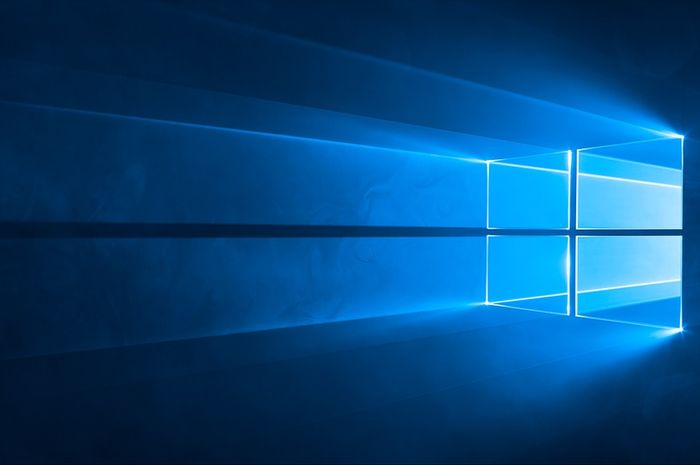lipflip – Microsoft will officially end support for Windows 10 on October 14, 2025. After that date, devices running this operating system will stop receiving essential security updates. Without updates, systems become vulnerable to malware, viruses, and potential exploits. However, Microsoft has announced a few ways users can stay protected for one more year, even without upgrading to Windows 11.
Many users are unable or unwilling to switch to Windows 11 due to strict hardware requirements. For these users, Microsoft has rolled out its Extended Security Updates (ESU) program. The ESU plan covers only critical and important security updates—it does not include new features, bug fixes, or technical support. Still, it provides an extra layer of defense during the transition.
There are three paths to receive Windows 10 security updates after October 14. Users in the European Economic Area (EEA) will get them automatically for one year at no cost. For users in the United States and other regions, the ESU program offers additional options—two of them free.
To qualify, your device must be running Windows 10 version 22H2. Notifications or prompts in the system settings will guide eligible users through the enrollment process. While you can enroll after the support deadline, your system may remain unprotected in the meantime. Updates under this program will continue until October 13, 2026.
This extended coverage gives users more time to prepare for a device upgrade or to explore alternative systems. If your device is not eligible for Windows 11, it’s important to plan your next steps during this grace period.
How to Extend Windows 10 Security Updates: Three Easy Options
Microsoft now offers three ways to extend critical security updates on Windows 10 devices for one year beyond the support deadline. Two of these methods are free for individual users, depending on how you choose to participate.
The first free option allows you to exchange 1,000 Microsoft Rewards points for enrollment in the ESU program. You earn points by using Microsoft services, such as Bing and Microsoft Edge. Simply downloading the Bing app, for example, gives you 500 points. This is a cost-free route if you’re already active within the Microsoft ecosystem.
The second free method involves syncing your Windows Backup to Microsoft OneDrive. Although this option does not cost extra, some users may need to purchase additional OneDrive storage. Microsoft provides only 5GB of cloud storage by default, which may not be enough for larger system backups.
The third option is the original ESU plan at a cost of $30 for one year. This may be the simplest route for those who do not use Microsoft services regularly or who want to avoid dealing with storage limits. Regardless of the method, these updates only include security patches, not new features or enhancements.
Read More : Meta to Use AI Chats for Targeted Ads Without Opt-Out
Windows 10 users can also continue using Microsoft 365 apps for another three years, but only with basic security updates. As you evaluate whether to upgrade, keep in mind that unofficial workarounds for Windows 11 exist—but Microsoft does not support them. During this extension period, users should explore whether upgrading their current device or purchasing a new one makes the most sense for long-term security and performance. By taking advantage of one of these options, you can buy time while making an informed decision about your next move.
